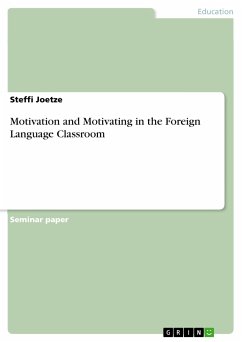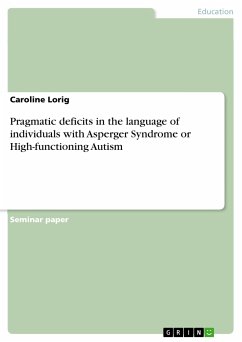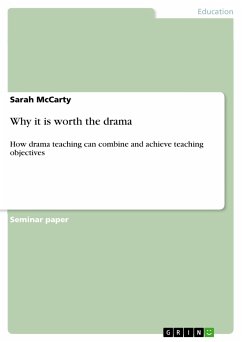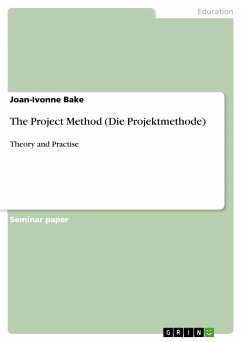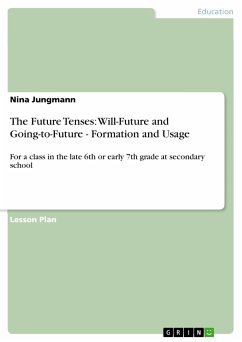Seminar paper from the year 2009 in the subject Didactics for the subject English - Pedagogy, Literature Studies, grade: 1,0, University of Duisburg-Essen (Anglophone Studien), language: English, abstract: According to Ellis, learning a language means making use of the language (in Rüschoff/Wolff: 1999, 54). This not only implies the claim of free, spontaneous communication but also of dealing with and of experiencing the target language as such. The claim of experiencing the target language in the language classroom, leads to a growing interest in the quality of the materials used. According to Wolff (1998), any kind of learning – no matter whether verbal or non-verbal – has to be embedded in a rich learning environment that has not been reduced concerning its complexity. Authenticity is thus one of the main criteria in order to evaluate the quality of materials. This criterion applies to all materials – such as literature – that have not been changed for the purpose of teaching and learning, of course. In this thesis, however, using authentic video in the language classroom will be considered and analysed according to its didactic benefits. Integrating video in the language classroom does not necessarily mean having to watch and to analyse a whole film of ninety minutes. Thanks to Web 2.0 applications such as YouTube, the accessibility of short video clips, advertisements or film excerpts has become very simple. Because of the growing popularity of this webpage and of integrating Web 2.0 applications in the learning environments in general, my entire analysis will relate to videos taken from YouTube. This thesis aims to provide both a theoretical (part I) and a practical investigation (part II) of the topic: in order to create a framework for analysis, I will first of all give a short overview of the didactic benefits of integrating authentic video in the language classroom in general. This survey is followed by a short description of the basic ideas of YouTube – such as free accessibility or the possibility to contribute –, in order to work out the advantages these YouTube-specific features additionally offer. The practical part (part II) aims to put theory into practice: I will describe and analyse a lesson that was originally planned for and executed in several tutorials for first semester EFL students. Although YouTube was part of a language course at university, this lesson could as well be adapted for the Oberstufe and is hence an appropriate example within the context of this topic. In the lesson the sketch served as an introduction to the topic Phonetics & Phonology. The thesis closes with a summary of the main conclusions of part I and II.



